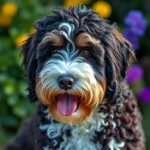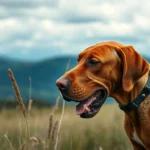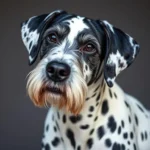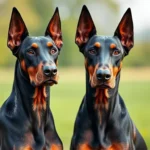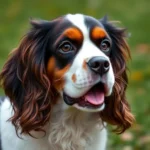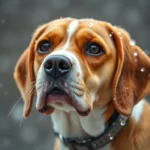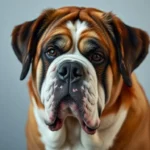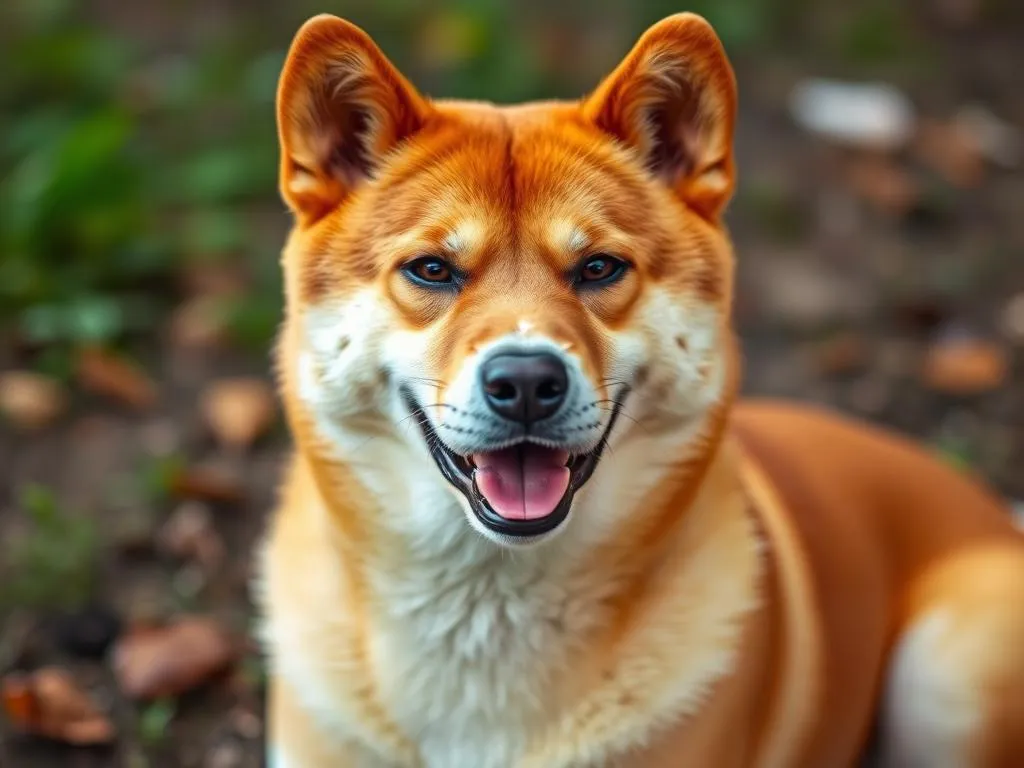
Introduction
Dog breeds come in an astonishing variety of shapes, sizes, and temperaments, making the world of canine companions wonderfully diverse. Understanding different breeds is essential for potential owners to find the perfect match for their lifestyles. Among the many breeds, the Red Shiba Inu stands out for its unique characteristics and charming personality.
The Shiba Inu is one of Japan’s oldest and smallest native breeds, known for its fox-like appearance and spirited nature. The Red Shiba Inu, in particular, captures the hearts of many dog lovers with its striking color and lively demeanor. This post delves into the history, characteristics, health, care, training, and living conditions of the Red Shiba Inu, making it an invaluable resource for anyone considering adding this breed to their family.
History of the Shiba Inu
Origins of the Breed
The history of the Shiba Inu dates back to ancient Japan, where it was bred for hunting small game like birds and rabbits. The smallest of the six original Japanese dog breeds, the Shiba Inu was designed to be agile and nimble, making it an excellent companion for hunters. Its name translates to “brushwood dog,” referring to its ability to navigate the dense underbrush of Japan’s forests.
Development of the Red Shiba Inu
The Red Shiba Inu is one of the three primary color variations of the breed, alongside sesame (red with black-tipped hairs) and cream. This vibrant color has made the Red Shiba Inu particularly sought after, as it showcases the breed’s striking features. Over time, selective breeding emphasized traits such as agility, loyalty, and a keen sense of alertness, all of which are hallmarks of the Red Shiba Inu today.
Characteristics of the Red Shiba Inu
Physical Traits
The Red Shiba Inu typically stands between 13.5 to 16.5 inches at the shoulder and weighs between 17 to 23 pounds. Their compact stature and well-muscled build give them a robust appearance. One of the defining features of the Red Shiba Inu is its red coat, which is rich and vibrant, making it a favorite among dog enthusiasts.
The coat is double-layered, consisting of a soft, dense undercoat and a stiff outer coat that repels dirt and water. Grooming needs are moderate; regular brushing helps keep their coat healthy and reduces shedding.
Temperament and Behavior
Known for their spirited personality, Red Shiba Inus are confident, alert, and intelligent. They are often described as “cat-like” due to their independent nature. While they are loyal to their families, they can be aloof with strangers. This breed is known for its playful antics and can be quite entertaining, although they may also exhibit stubborn behavior, making training a challenge at times.
Socialization is crucial for Red Shiba Inus, especially when they are young. They thrive in environments where they can interact with other pets and people, which helps mitigate any potential aggressive tendencies. With proper training and socialization, Red Shiba Inus can be great companions for families.
Health and Care
Common Health Issues
Like many breeds, the Red Shiba Inu is prone to certain health issues. Common concerns include hip dysplasia, patellar luxation, and certain eye conditions such as cataracts. Regular veterinary check-ups and maintaining a healthy weight can significantly impact the lifespan, which typically ranges from 12 to 15 years.
Diet and Nutrition
A well-balanced diet is essential for the overall health of a Red Shiba Inu. High-quality dog food that lists meat as the primary ingredient should be prioritized. Portion control is crucial, as this breed can be prone to obesity. A typical adult Red Shiba Inu requires about 1 to 1.5 cups of food daily, divided into two meals. Always consult with a veterinarian to tailor dietary needs based on age, weight, and activity level.
Exercise Requirements
Red Shiba Inus are an active breed that requires regular exercise to stay healthy and happy. They thrive with at least 30 to 60 minutes of physical activity each day. Activities can include walks, playtime in a secure yard, or engaging in agility exercises. Mental stimulation is equally important, as these intelligent dogs can become bored easily, leading to unwanted behaviors.
Training the Red Shiba Inu
Basic Training Techniques
Training a Red Shiba Inu requires patience and consistency. Early socialization and obedience training are essential to harness their independent nature effectively. Positive reinforcement techniques, such as treats and praise, work best for this breed. They respond well to clear commands and structure, making it easier to establish good behavior.
Addressing Behavioral Issues
Red Shiba Inus can exhibit common behavioral challenges such as stubbornness and possessiveness, especially over food or toys. To address these issues, it’s important to remain calm and assertive. Techniques like redirecting attention, using toys for positive reinforcement, and setting clear boundaries will help manage any problematic behavior. Consistency in training will yield the best results.
Living with a Red Shiba Inu
Best Living Environments
The Red Shiba Inu is adaptable and can thrive in various living environments, whether in a house with a yard or an apartment. However, they do require ample space to exercise and play. If living in an apartment, daily walks and play sessions are essential to meet their activity needs.
Compatibility with Other Pets and Children
Red Shiba Inus can coexist with other pets, but early socialization is crucial. They may have a strong prey drive, so supervision around smaller animals is necessary. Regarding children, Red Shiba Inus can be excellent companions, but their spirited nature means they should be monitored during playtime to prevent any accidental roughhousing.
Adoption and Purchase Considerations
Where to Find a Red Shiba Inu
When looking to bring a Red Shiba Inu into your home, it’s important to choose a reputable source. Responsible breeders prioritize health testing and breed standards, ensuring that you get a healthy, well-tempered puppy. Alternatively, consider checking local rescue organizations, as many dogs in need of homes are available for adoption.
Costs Associated with Owning a Red Shiba Inu
The initial cost of acquiring a Red Shiba Inu from a breeder can range from $1,500 to $3,500, depending on lineage and reputation. Ongoing expenses include food, grooming, veterinary care, and supplies, which can add up to several hundred dollars a month. Budgeting for unexpected health issues is also wise, ensuring that you’re prepared for any veterinary emergencies.
Conclusion
The Red Shiba Inu is a breed full of personality, charm, and loyalty. With its rich history and distinctive traits, this breed offers a unique companionship that can enrich any household. From understanding their care needs to recognizing their socialization requirements, potential owners should be well-informed before making a commitment.
Owning a Red Shiba Inu is not just about enjoying their playful antics; it requires dedication to training, socialization, and health maintenance. For those ready to embrace the challenges and rewards of this spirited breed, the Red Shiba Inu can be a delightful addition to the family.
FAQs About Red Shiba Inu
What is the average lifespan of a Red Shiba Inu?
The average lifespan of a Red Shiba Inu is between 12 to 15 years, with proper care and health maintenance.
Are Red Shiba Inus good with children?
Yes, Red Shiba Inus can be good with children, especially when socialized from a young age. However, supervision is recommended during playtime.
Do Red Shiba Inus shed a lot?
Red Shiba Inus do shed, particularly during seasonal changes. Regular brushing can help manage shedding and keep their coat healthy.
How much exercise does a Red Shiba Inu need daily?
A Red Shiba Inu typically needs 30 to 60 minutes of exercise each day, combining physical activities with mental stimulation to keep them happy and healthy.

